
The modern centrifuge was first designed for milkfat separation in the dairy industry. Today, it is ubiquitous in research laboratories. To whom do we owe its astonishing versatility?

The modern centrifuge was first designed for milkfat separation in the dairy industry. Today, it is ubiquitous in research laboratories. To whom do we owe its astonishing versatility?

Individual construction tasks have, on average, not gotten cheaper since at least the 1950s. Bricks haven’t gotten cheaper since the mid-19th century, despite massive improvements in brickmaking technology. Construction has a reputation for being slow to innovate, but innovations seem to spread in construction at roughly similar rates to other industries, like car manufacturing or agriculture. Single family […]

New York's skyscrapers soar above a century-old steam network that still warms the city. While the rest of the world moved to hot water, Manhattanites still buy steam by the megapound.

Civilization's toughest technical challenges are those that require extraordinary (and constantly improving) performance to be delivered at a low cost.

We’ve talked previously about Bell Labs’ long, storied history as an innovation engine and a generator of new technology.

We spoke with Etsy’s iOS Software Engineer, Lacy Rhoades, about their culture of continuous experimentation. Learn about their a/b testing culture
/https://tf-cmsv2-smithsonianmag-media.s3.amazonaws.com/filer_public/41/24/41243e4c-48d3-42a4-84d3-de216fb6ed8f/historyofteflon-v2.jpg)
Chemists accidentally discovered the material in 1938, and since then it has been used for everything from helping to create the first atomic bomb to keeping your eggs from sticking to your frying pan

Nicola Twilley’s "Frostbite" explores how refrigeration has shaped everything over time from our guts to economies.
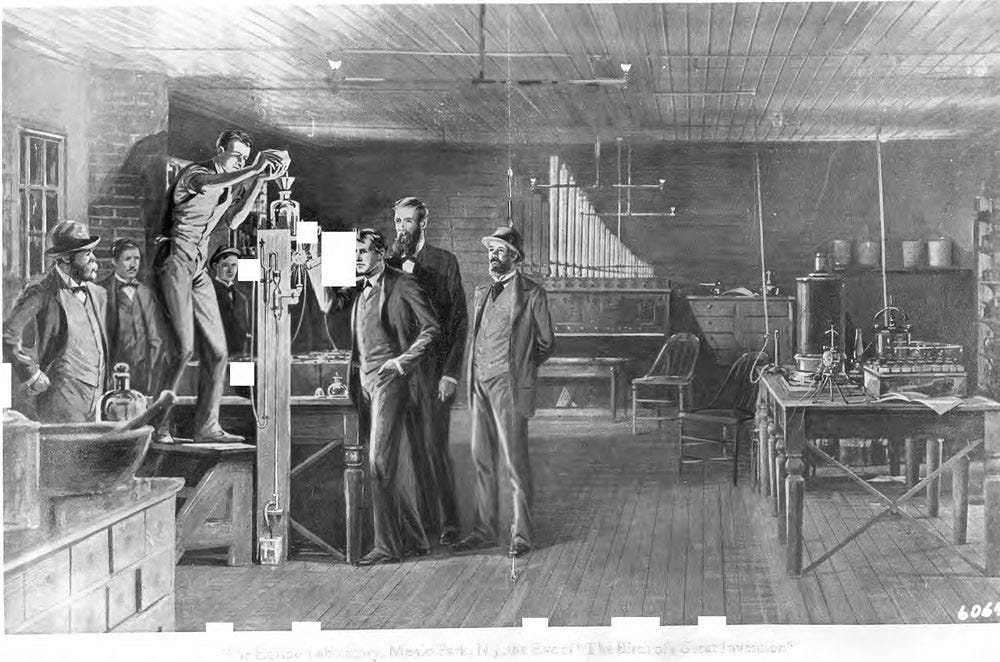
A historical analysis of what the earliest electrical and great applied R&D labs can teach Answer.AI, and potential pitfalls
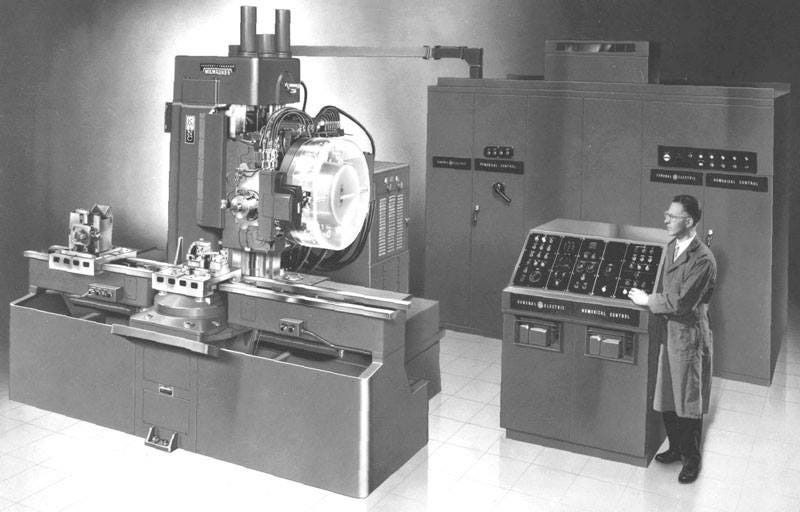
Machine tools – machines that cut or form metal – are the heart of industrial civilization.

Zeiss' "Holocam" is a transparent camera powered by holography that turns glass windows into cameras

At TEDGlobal 2010, author Matt Ridley shows how, throughout history, the engine of human progress has been the meeting and mating of ideas to make new ideas. It's not important how clever individuals are, he says; what really matters is how smart the collective brain is.

Atom-thin layers of oxygen in a chip’s silicon can make devices speedier and more reliable
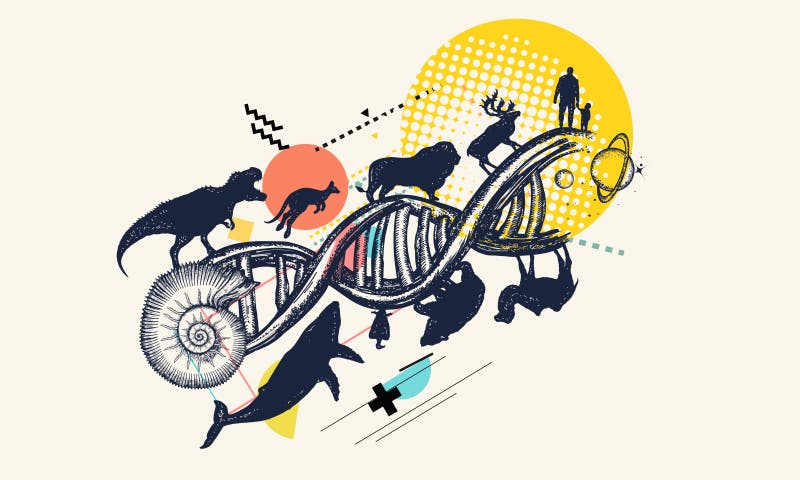
Success in nature and culture depends just as much on timing as it does on brilliance.
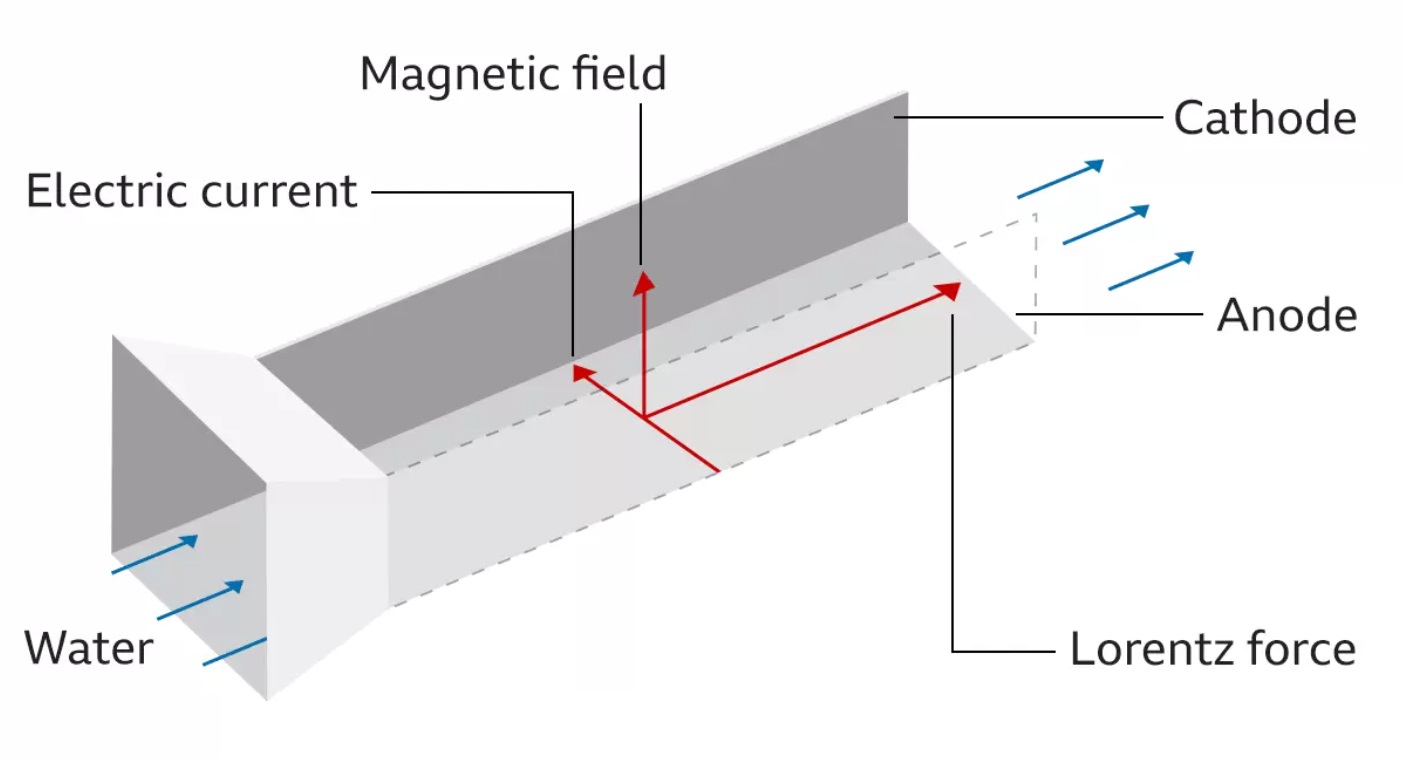
DARPA, the US Defense Advanced Research Projects Agency, is now working on developing a magnet-driven silent water propulsion system - the magnetohydrodynamic (MHD) drive. The primary reason is to develop silent military naval craft. Imagine a nuclear submarine with an MHD drive, without moving parts, that can slice through the water silently. No moving parts
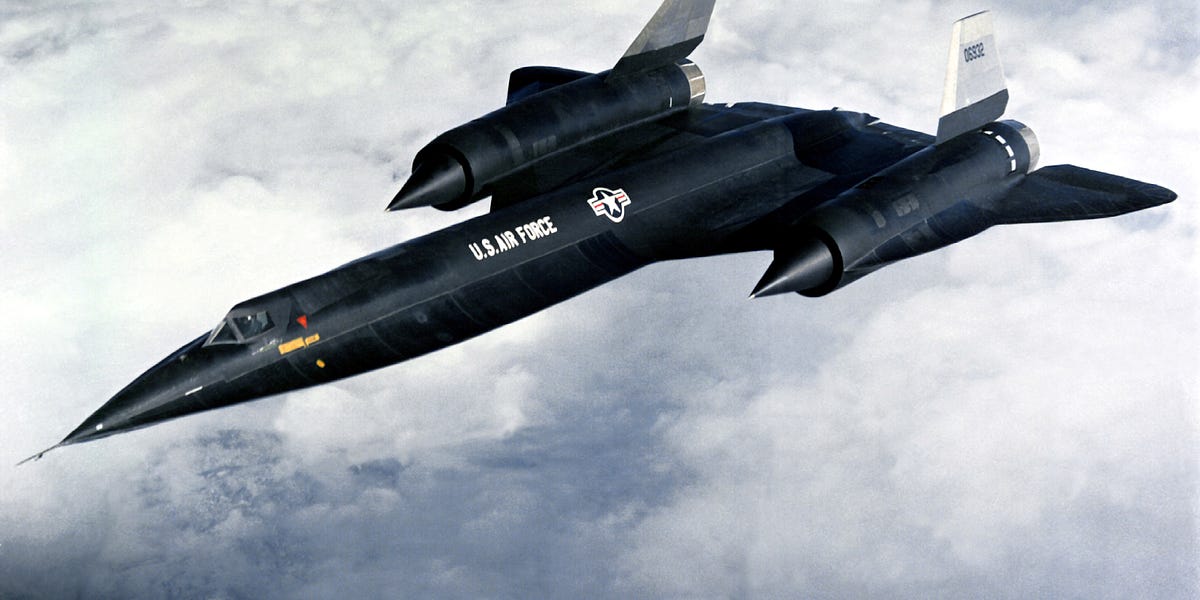
The earth contains a lot of titanium - it’s the ninth most abundant element in the earth’s crust.
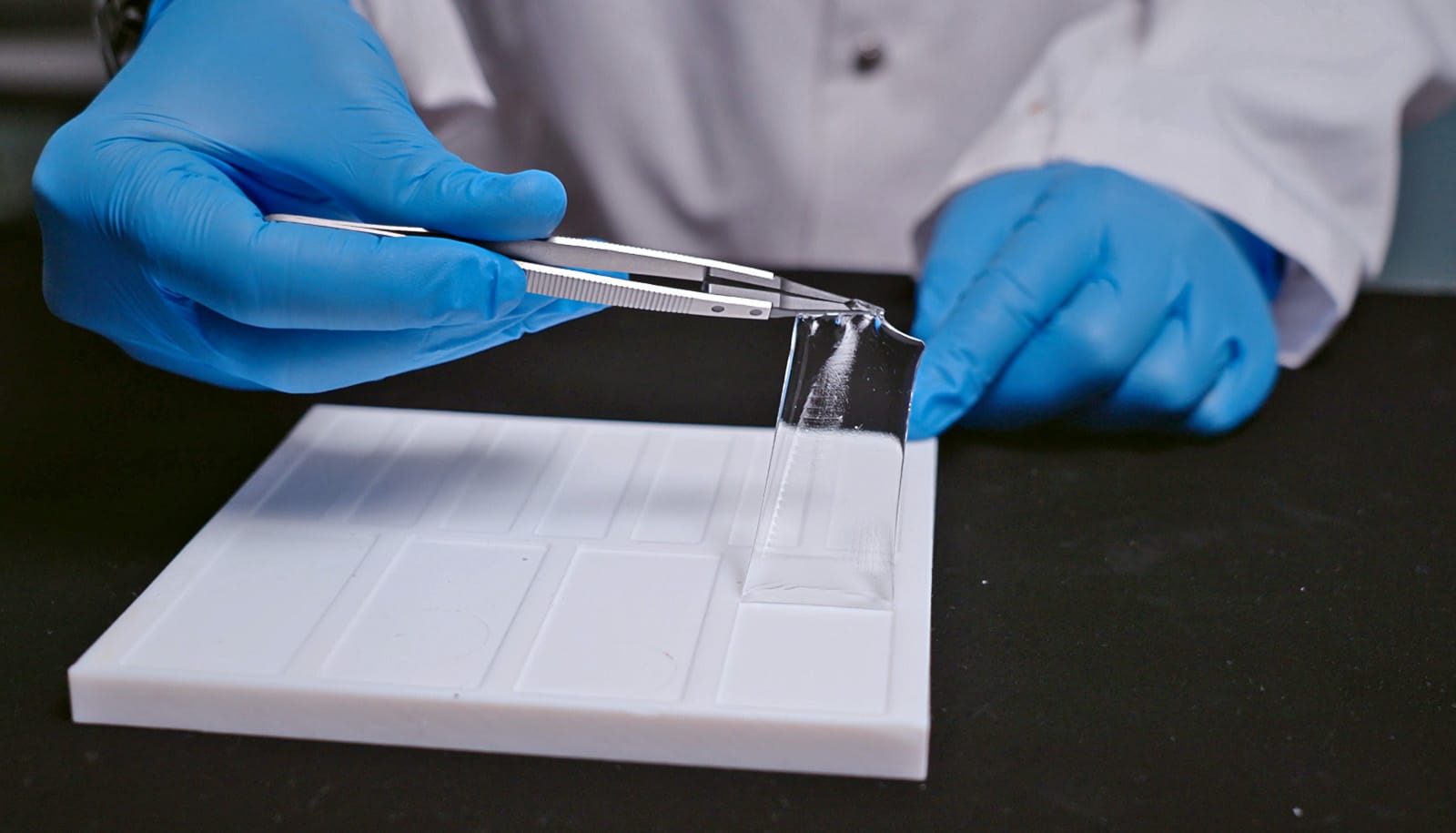
A new surgical patch can seal wounds in the abdomen and send warning of potential leaks.
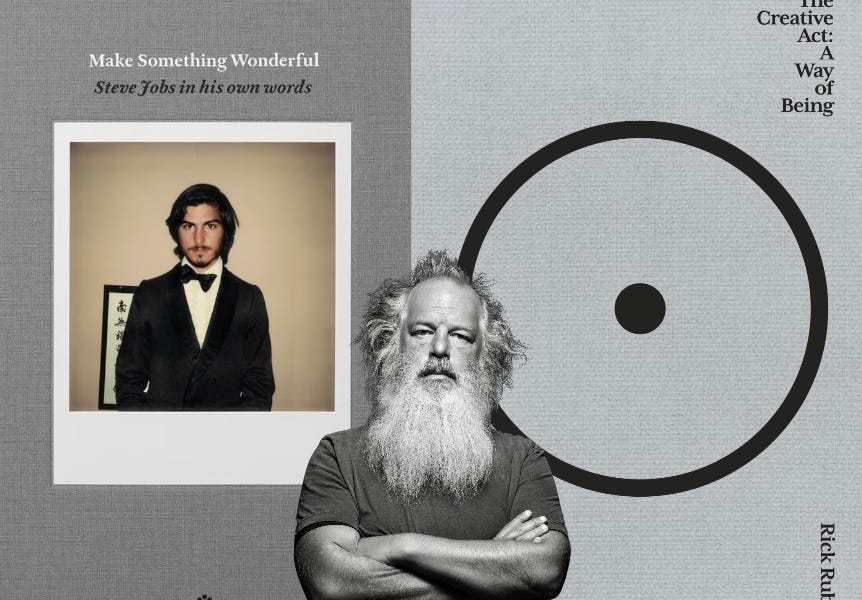
The Apple co-founder and the super-producer share similar ideas regarding taste and creativity.
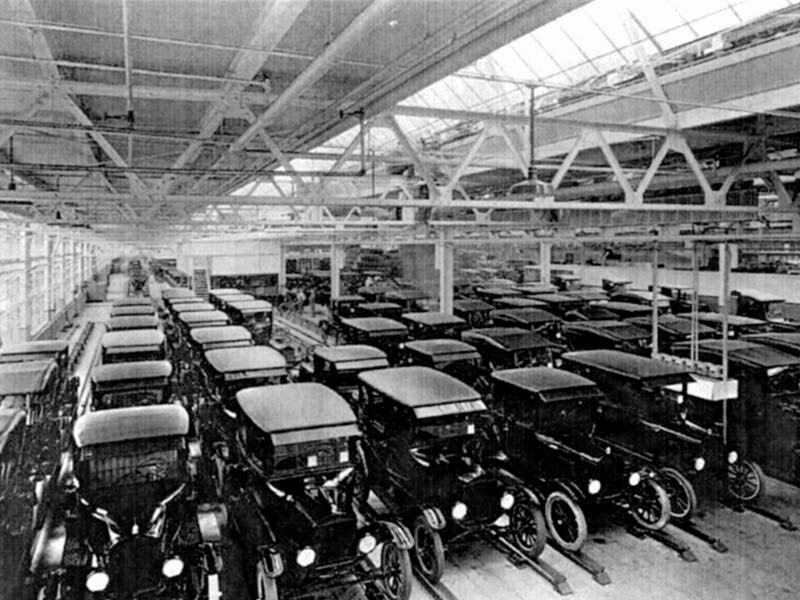
The unexpectedly interesting story of car coatings and what they tell us about the modern world
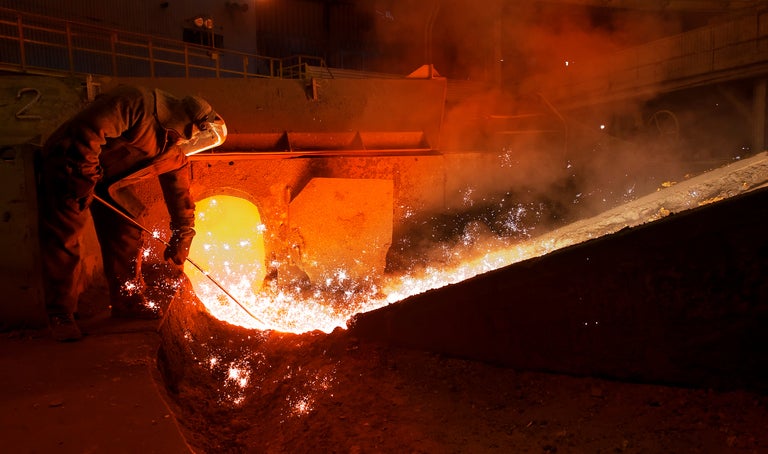
Discover the 'four-horse race' among leading manufacturers to decarbonized steel their operations. Explore the strategies and technologies.
SB Loses Shootout to Manhattan On Nov. 24 Stony Brook’s Women’s Basketball team faced the Manhattan Jasper’s. In a high scoring affair, Stony Brook lost by a final score of 74-68. The Jasper’s held the lead most of the game, including a game high 12 point lead at half (44-32).
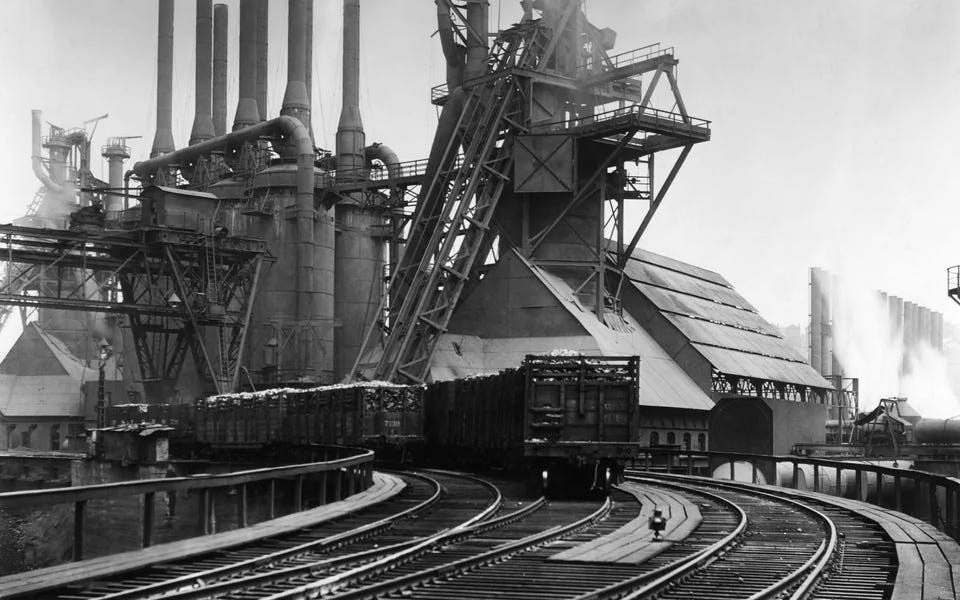
The modern world uses shocking amounts of steel.
The Alchemy of Air: A Jewish Genius, a Doomed Tycoon, and the Scientific Discovery That Fed the World but Fueled the Rise of Hitler [Hager, Thomas] on Amazon.com. *FREE* shipping on qualifying offers. The Alchemy of Air: A Jewish Genius, a Doomed Tycoon, and the Scientific Discovery That Fed the World but Fueled the Rise of Hitler

A new technical review paper titled “Carbon nanotube transistors: Making electronics from molecules” was published by researchers at Duke University, Northwestern University, and Stanford University. “Between the opportunities in high-performance digital logic with the potential for 3D integration and the possibilities for printed and even recyclable thin-film electronics, CNT transistors warrant a renewed and even... » read more

The question is only interesting if it took an abnormally long time. Here’s my model for this

Olivia Potts | Longreads | November 2022 | 16 minutes (4,649 words) It’s six in the morning, and Robert Booth has already been on the road for three hours. Sitting alongside him in the cab of his lorry (the British term for a truck) is Louis, Robert’s small dog, a Jack Russell-chihuahua mix, and a washing-up bowl […]
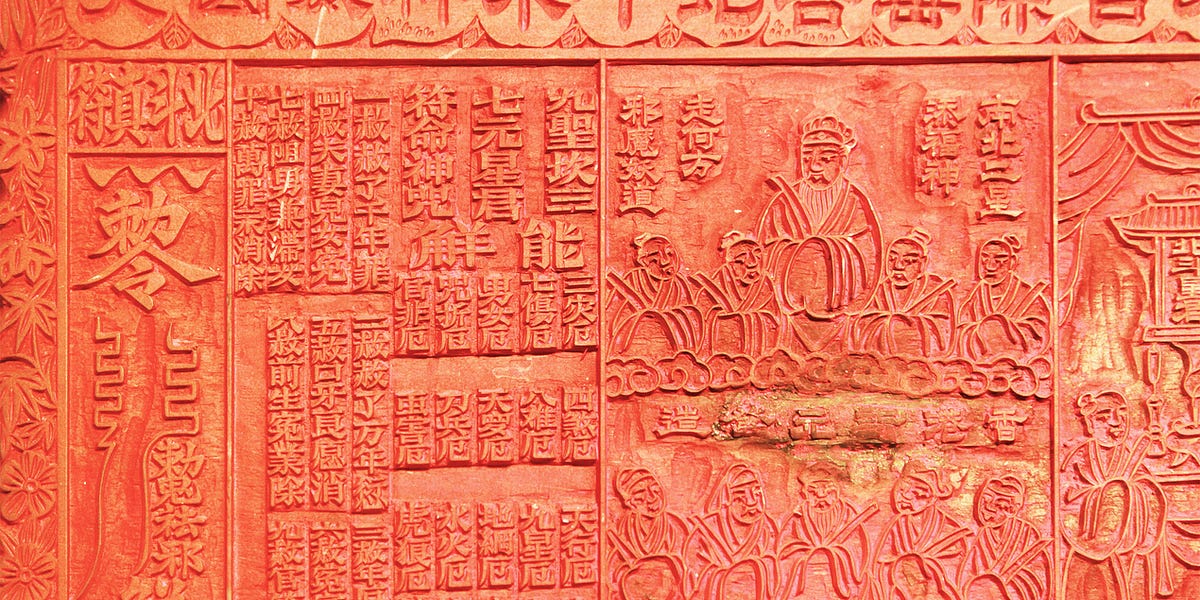
Movable type was not invented by Gutenberg but in China and later advanced in Korea, so why didn't Asia have a printing revolution?

Chances are, you've met far more stupid cousins than you realize

Tap into people's unspoken needs to create breakthrough innovations.

The Rich Barton Playbook for winning markets through Data Content Loops Preface: This is part of a longer private memo analyzing Zillow and its recent shift towards Opendoor’s model. May publish rest of memo at some later point. But wanted to share first part, on Rich Barton and Zillow’s initial rise. Have had many recent … Continue reading Making Uncommon Knowledge Common →

Sometimes the search for creative insight requires us to focus, and sometimes it requires us to look away.

Feeling uninspired? Learn how to stay creative and keep on generating new ideas with these 13 simple yet effective tips.

I just spent a day working with Bob, the Chief Innovation Officer of a very smart large company I’ll call Acme Widgets. Bob summarized Acme’s impediments to innovation. “At our company we have a cu…

Innovative cultures are generally depicted as pretty fun. They’re characterized by a tolerance for failure and a willingness to experiment. They’re seen as being psychologically safe, highly collaborative, and nonhierarchical. And research suggests that these behaviors translate into better innovative performance. But despite the fact that innovative cultures are desirable, and that most leaders claim to understand what they entail, they are hard to create and sustain. That’s because the easy-to-like behaviors that get so much attention are only one side of the coin. They must be counterbalanced by some tougher and frankly less fun behaviors: an intolerance for incompetence, rigorous discipline, brutal candor, a high level of individual accountability, and strong leadership. Unless the tensions created by this paradox are carefully managed, attempts to create an innovative culture will fail.

Guest How to get a two-sided marketplace startup like Airbnb, Exec, or eBay up and running -- the painless way.

Maintenance lacks the glamour of innovation—and is harder to measure

Masato Sagawa and John Croat explain how they invented the neodymium-iron-boron permanent magnet

Thicker ink meant it didn't smudge as easily as its predecessor, the fountain pen—but it also made writing by hand more physically demanding.

We live in a world shaped by shopping carts. The ubiquitous, unloved contraptions are a key feature of US economy. (Yes, really.)
The holograms designed by the team of researchers from UPV and CSIC allow the opening of the blood brain barrier selectively, efficiently and in a highly focused manner, facilitating the administration of therapeutic drugs to treat pathologies that affect the central nervous system.

Polyester went from being the world’s most hated fabrics to one of its favorites. It's so successful that many people don’t even realize they’re wearing polyester today.

Whoever comes up with the next big battery technology could become the ExxonMobil or Shell of the 21st century.

He brought Pokémon, Yu-Gi-Oh!, and Cabbage Patch Kids to our living rooms. He made and lost fortunes. Can Al Kahn stay in the game?
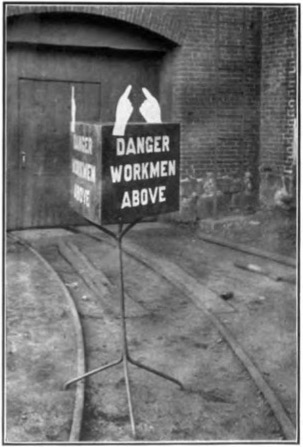
The fundamental cause was a wrong attitude towards the core question: who is responsible for safety?

From blood banks and barcodes to the Super Soaker and the pizza box, here are the fascinating stories behind inventions that changed the world.

Under the hood, lithium-ion batteries have gotten better in the last decade.

Connecting things physically, mechanically or digitally can have profound effects. Here’s a list of 5 connectors that changed the world.
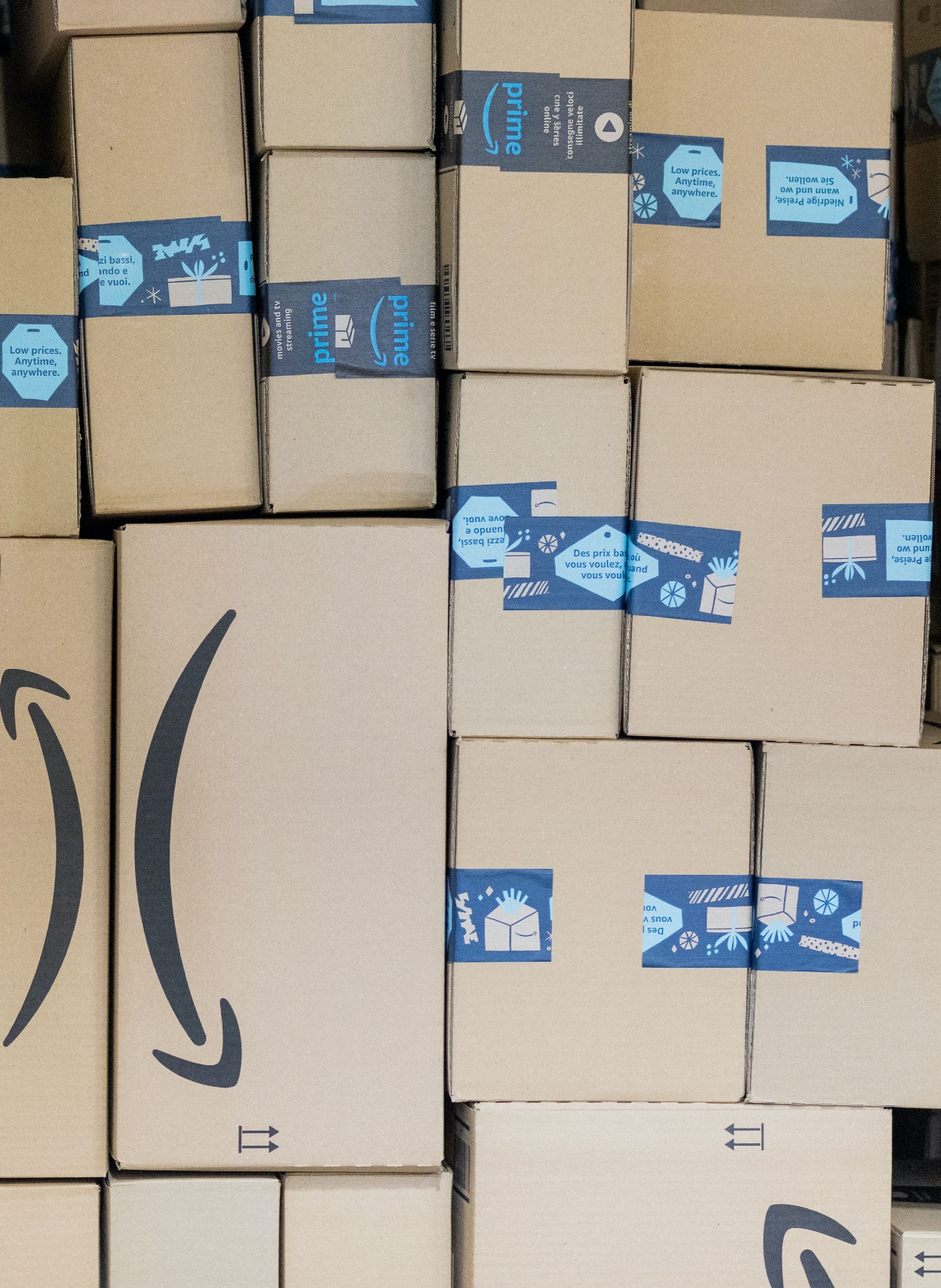
Former Amazon execs Colin Bryar and Bill Carr helped build the "invention machine" that enabled the company to successfully launch everything from AWS to the Kindle. Here, they share granular advice and concrete takeaways for startups looking to alter their own trajectories.
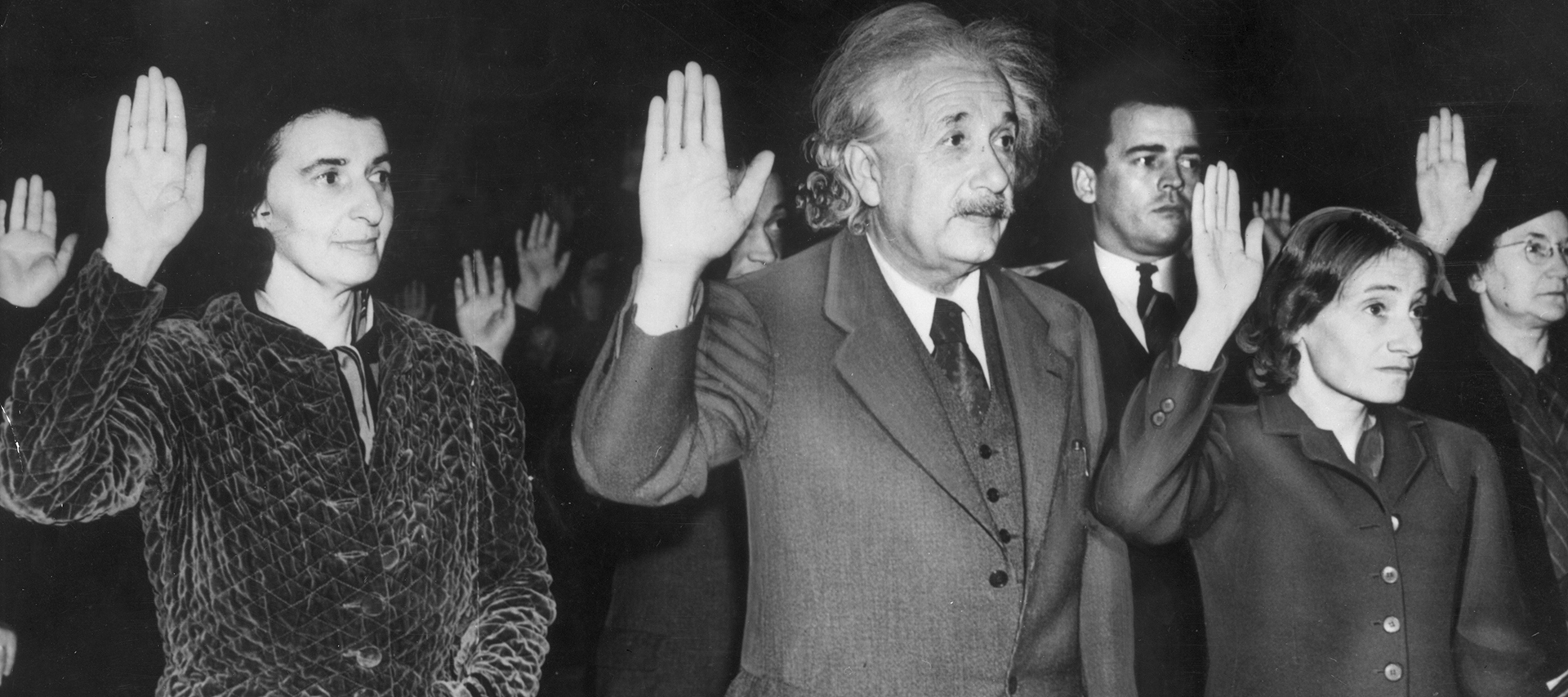
If America wants to keep China from setting the global course of science, we need a crash program to recruit international talent.

Physicians who also have extensive training in scientific methods, often a Ph.D., are ideally suited to learn from the unusual clinical manifestations of Covid-19, such as strokes in young adults and autoimmune Kawasaki syndrome in children. Physician-scientists, however, are becoming extinct in the United States, comprising only about 1% of all physicians today, and with few young clinician researchers joining […]

What really sparked the world’s incredible revolution in wealth.
:extract_focal()/https%3A%2F%2Fcdn.technologyreview.com%2Fi%2Fimages%2Fadjacent-possible.png%3Fsw%3D616%26cx%3D0%26cy%3D0%26cw%3D682%26ch%3D325)
The work could lead to a new approach to the study of what is possible, and how it follows from what already exists.
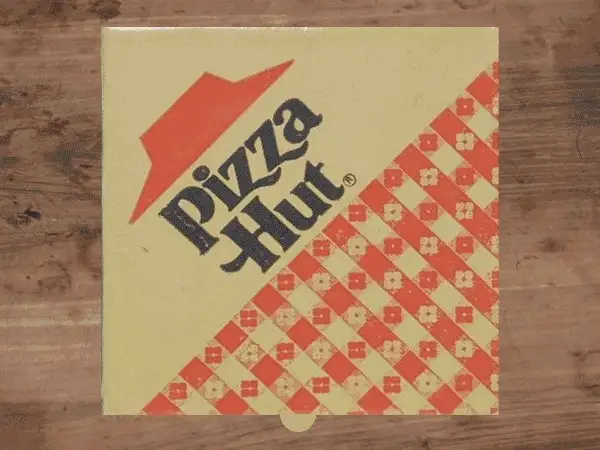
Once an innovation powerhouse, with creations like Stuffed Crust and BigFoot, Pizza Hut has been forced to shift focus from food to technology.
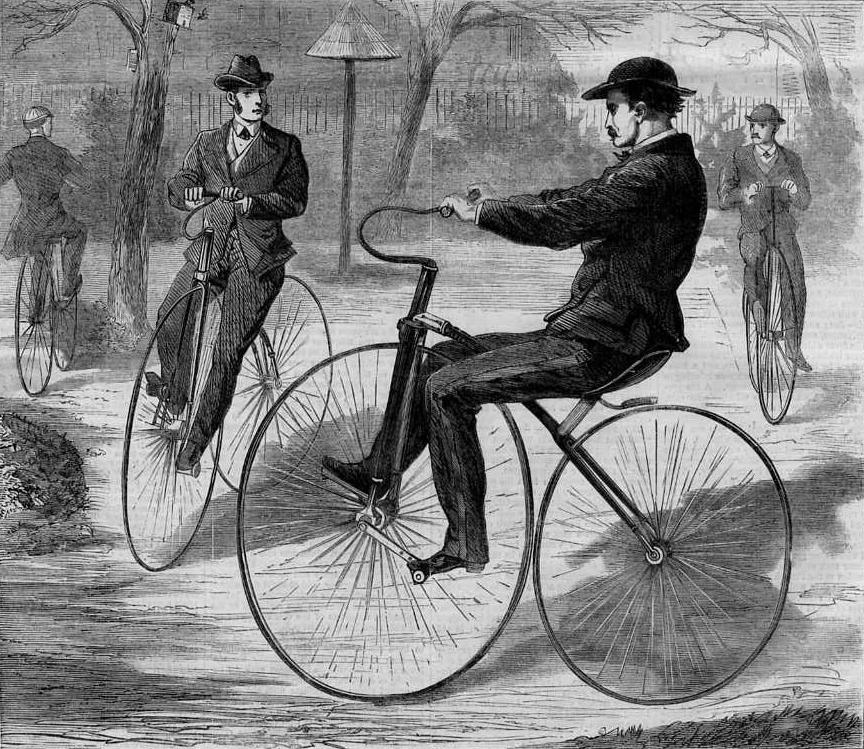
The bicycle, as we know it today, was not invented until the late 1800s. Here are some theories about why

I’ll be surprised if broadcast television in the U.S. survives another decade.

In his new book, Range, David Epstein argues that although specialization has its virtues, businesses need people with wide horizons and ranges of interests in order to succeed.
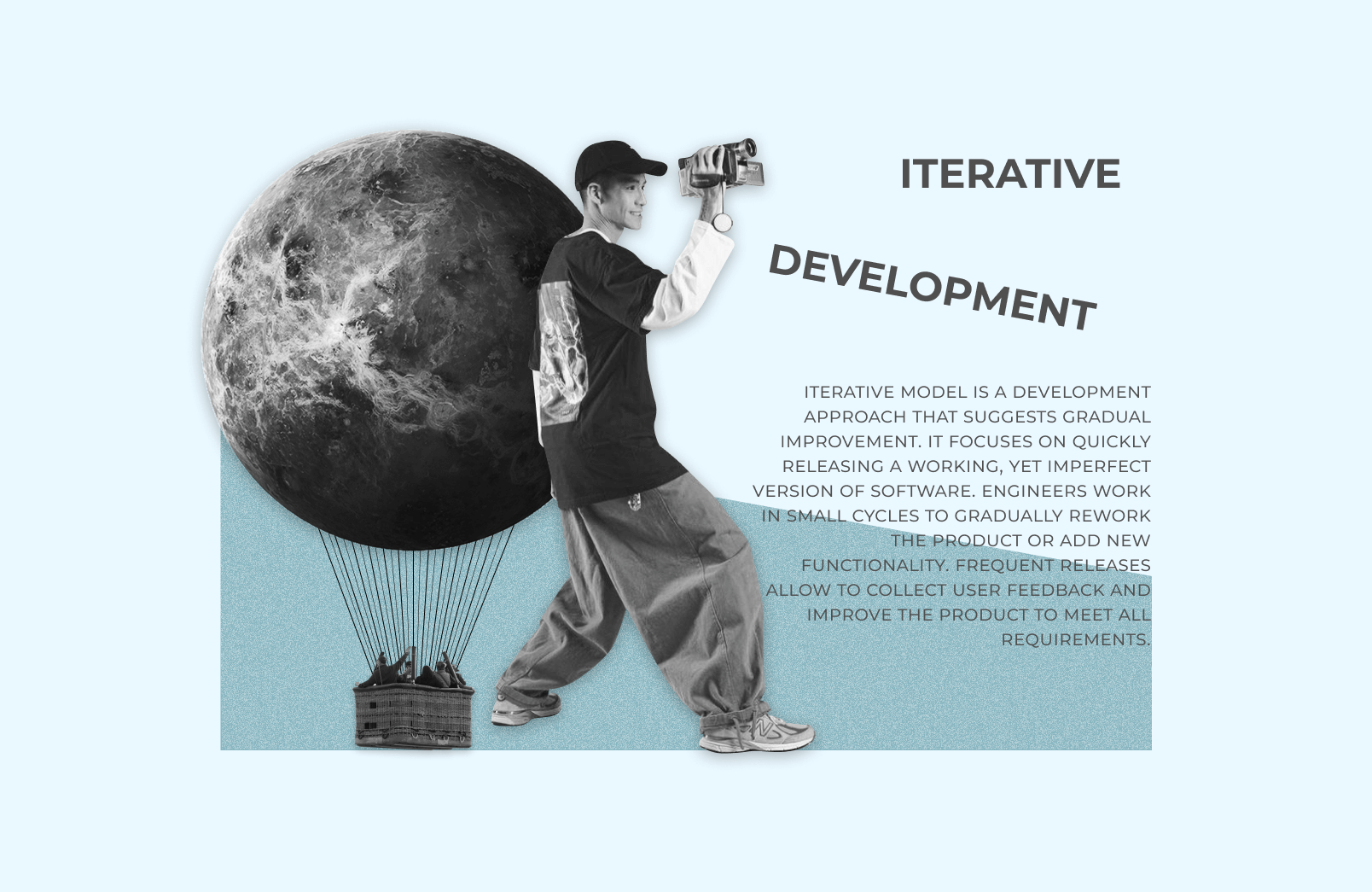
Elon Musk’s SpaceX is winning the space race. His secret to success lay in the iterative development process, borrowed straight from the software industry.

Customers need the right mental model to understand why they need your product.
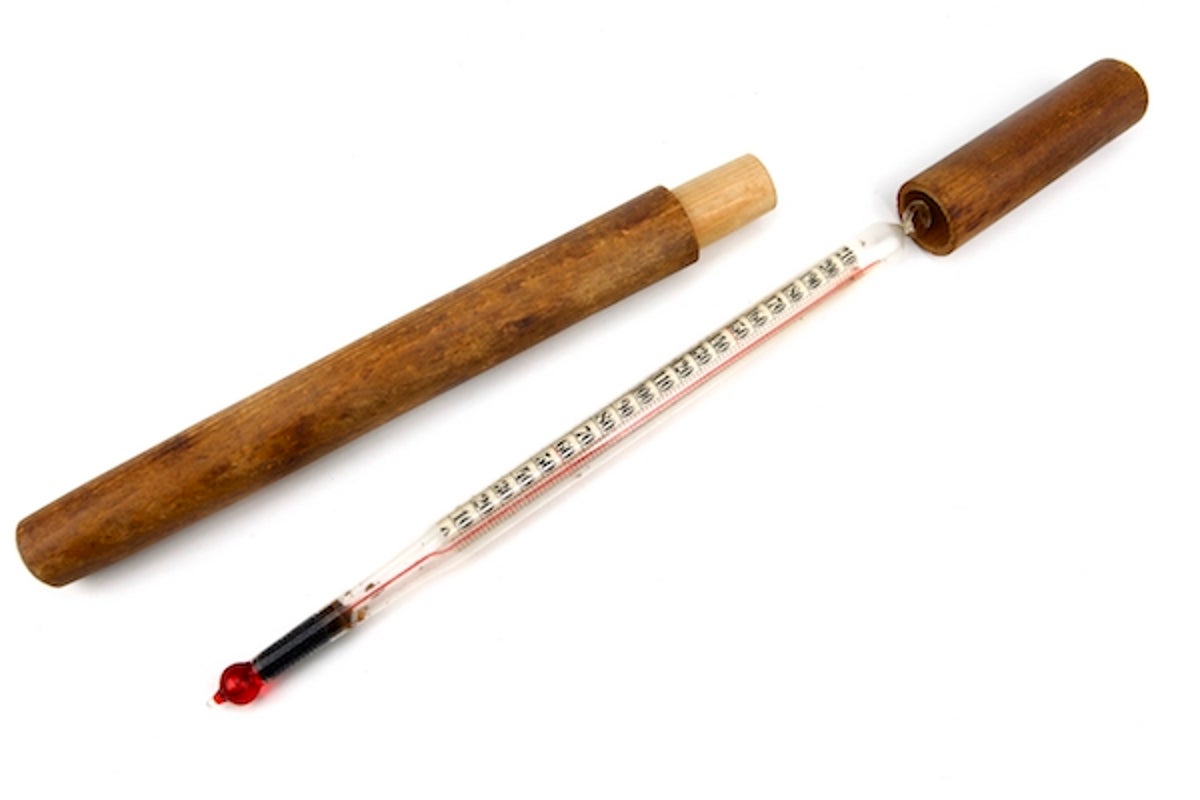
From the thermometer’s invention onward, physicians have feared—incorrectly—that new technology would make their jobs obsolete
J F C Fuller did not invent the tank. That distinction should probably fall to E L de Mole, an Australian who approached the British war office in 1912 with a

Curiosity is incredibly important for organizations, yet leaders assume—mistakenly for the most part—that their employees feel empowered to be curious. They see few barriers themselves to asking questions and assume the same is true for their employees. But employees describe a very different reality. 83% of C-level or president-level executives say curiosity is encouraged “a great deal” or “a good amount” at their company. Just 52% of individual contributors say the same. This gap seems to be driven in part by perceptions of the value of curiosity. While about half (49%) of the C-level believes curiosity is rewarded by salary growth, only 16% of individual contributors agree. A staggering 81% of individual contributors are convinced curiosity makes no material difference in their compensation.